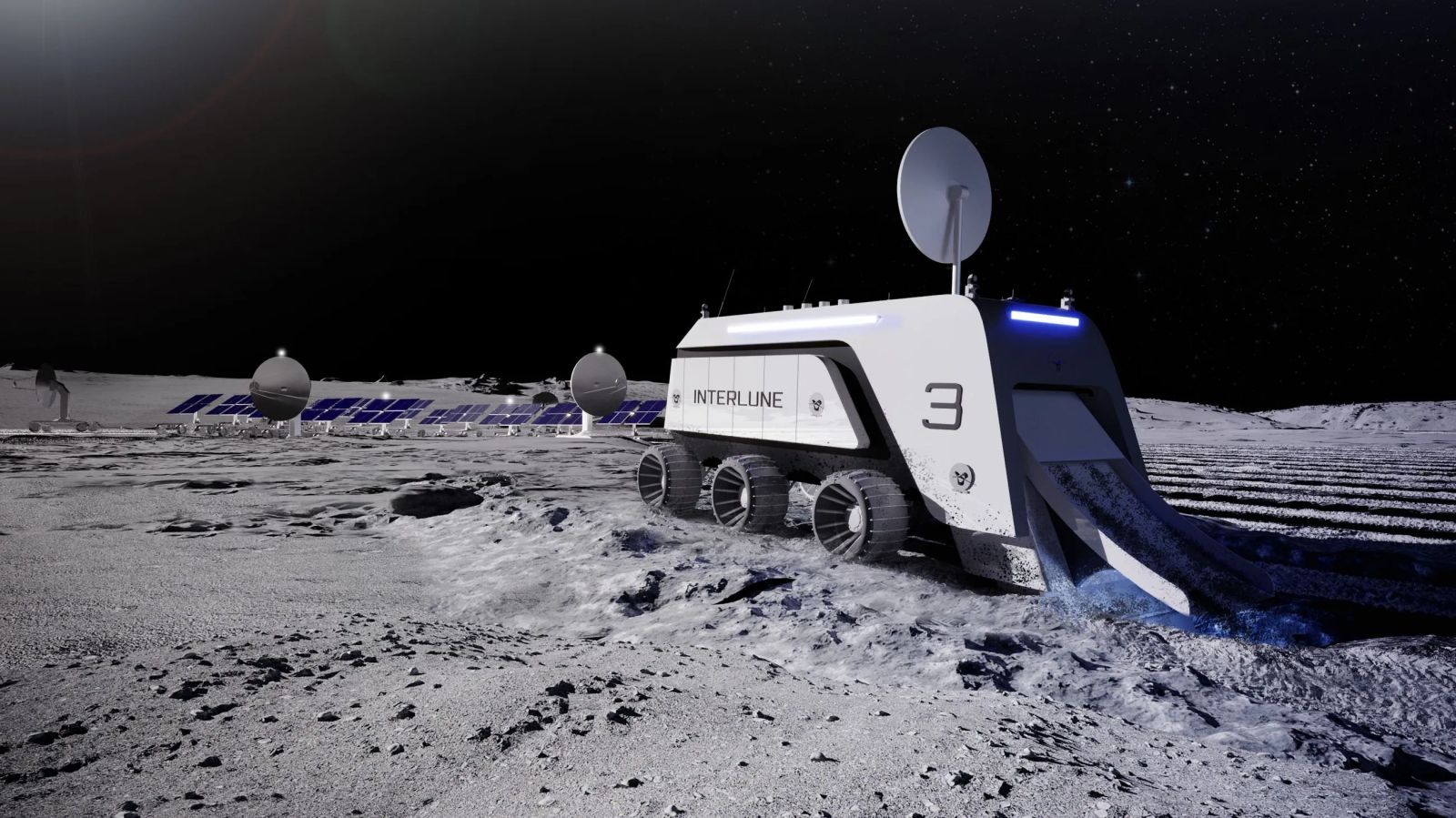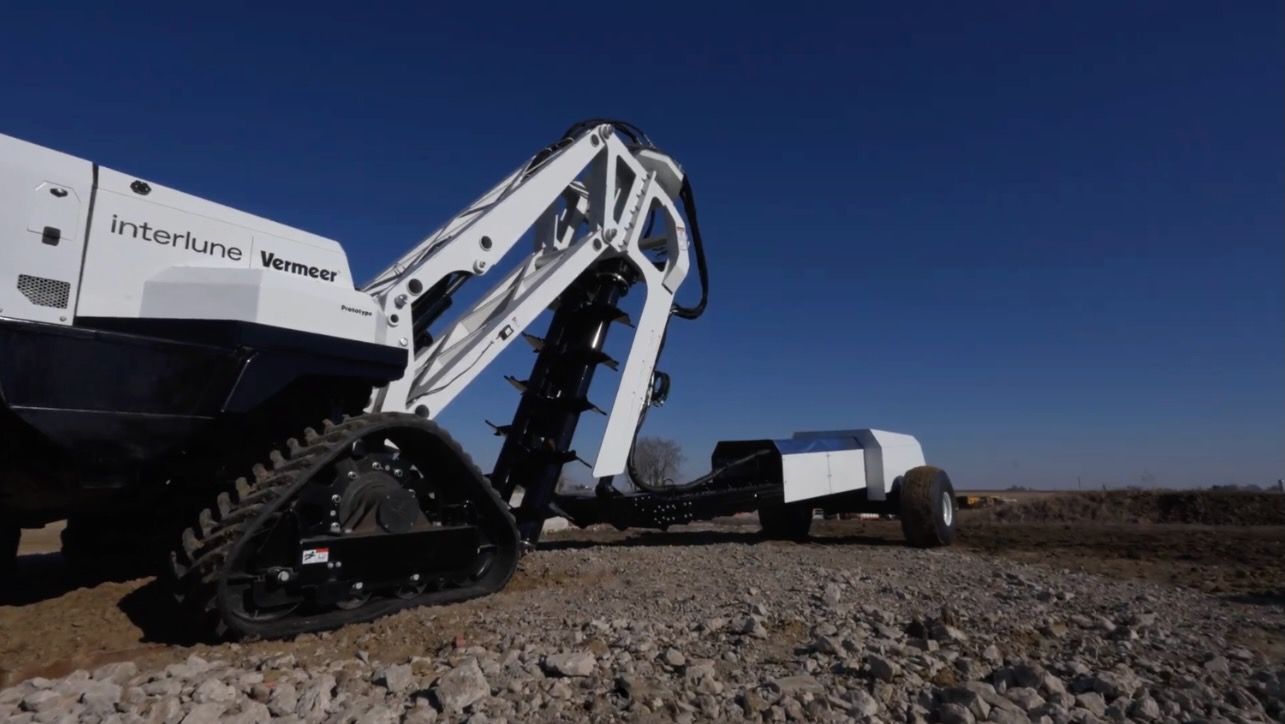Follow us on Google News (click on ☆)

A rendering of the Interlune Harvester, which will incorporate excavation equipment developed in partnership with Vermeer.
Credit: Interlune
Helium-3 is considered a potential fuel for future fusion reactors. However, its extraction and transportation to Earth present major technical and economic challenges. The associated costs could limit its immediate use as an energy source.
Interlune envisions a four-step process to exploit space resources: excavation, sorting, extraction, and separation. The current prototype marks a crucial milestone after successful tests with a scaled-down version of the machine last year.
Several nations, including the United States, China, and Japan, are interested in lunar helium-3 extraction. Despite the obstacles, lunar resource exploitation represents a strategic challenge for the future.
Helium-3 extraction on the Moon could transform our approach to energy and space exploration. However, its real impact will depend on progress in nuclear fusion and space infrastructure.

Full-scale prototype of the Interlune excavator, developed in partnership with Vermeer. This machine is intended for helium-3 extraction on the Moon.
Credit: Interlune
What is helium-3 and why is it so valuable?
Helium-3 is a rare isotope of helium, present in trace amounts on Earth but more abundant on the Moon. It is produced by nuclear reactions in the Sun and carried by the solar wind, where it accumulates in lunar regolith.
This isotope is particularly sought after for its potential in nuclear fusion reactors. Unlike traditional fission reactions, the fusion of helium-3 with other elements produces far less radioactive waste and could offer a cleaner energy source.
However, the technology to efficiently harness helium-3 in fusion reactors is not yet mature. Scientists are working on solutions to overcome technical challenges, including the need for extremely high temperatures and pressures to initiate fusion.
The extraction and transportation of helium-3 from the Moon to Earth also represent significant logistical and economic hurdles. These obstacles must be overcome for helium-3 to become a viable energy source.
How does Interlune's lunar excavator work?
Interlune's lunar excavator is designed to operate in the Moon's extreme conditions, where gravity is low and the environment is dusty and irradiated. The machine uses adapted technologies to dig and process lunar regolith at high speed.
Once the regolith is extracted, it is processed to separate helium-3 from other materials. This process involves heating and filtration techniques to isolate the valuable isotope. The efficiency of this step is crucial for the project's economic viability.
The partnership with Vermeer has enabled the adaptation of terrestrial excavation and material processing technologies to lunar conditions. This collaboration highlights the importance of synergies between traditional industries and new space ventures.
Preliminary tests have demonstrated the feasibility of the concept, but improvements are needed to optimize the machine's performance and durability in the lunar environment. The next phases of development will be decisive for the project's success.